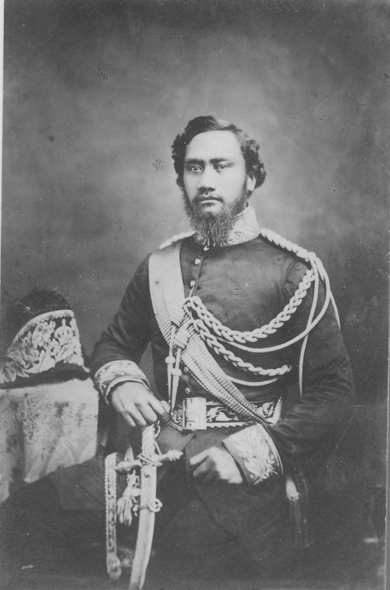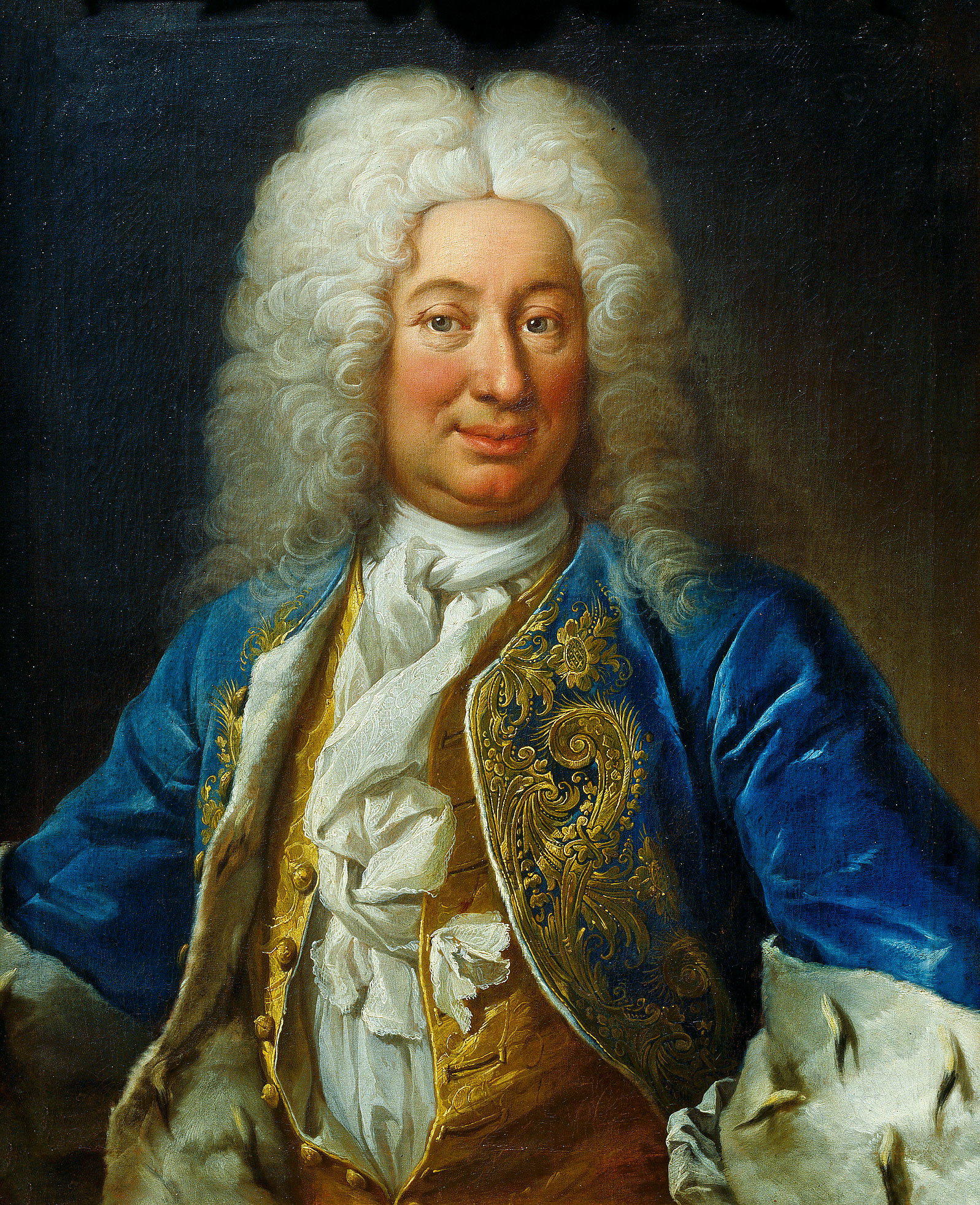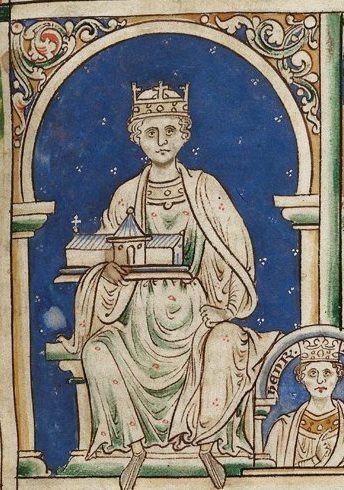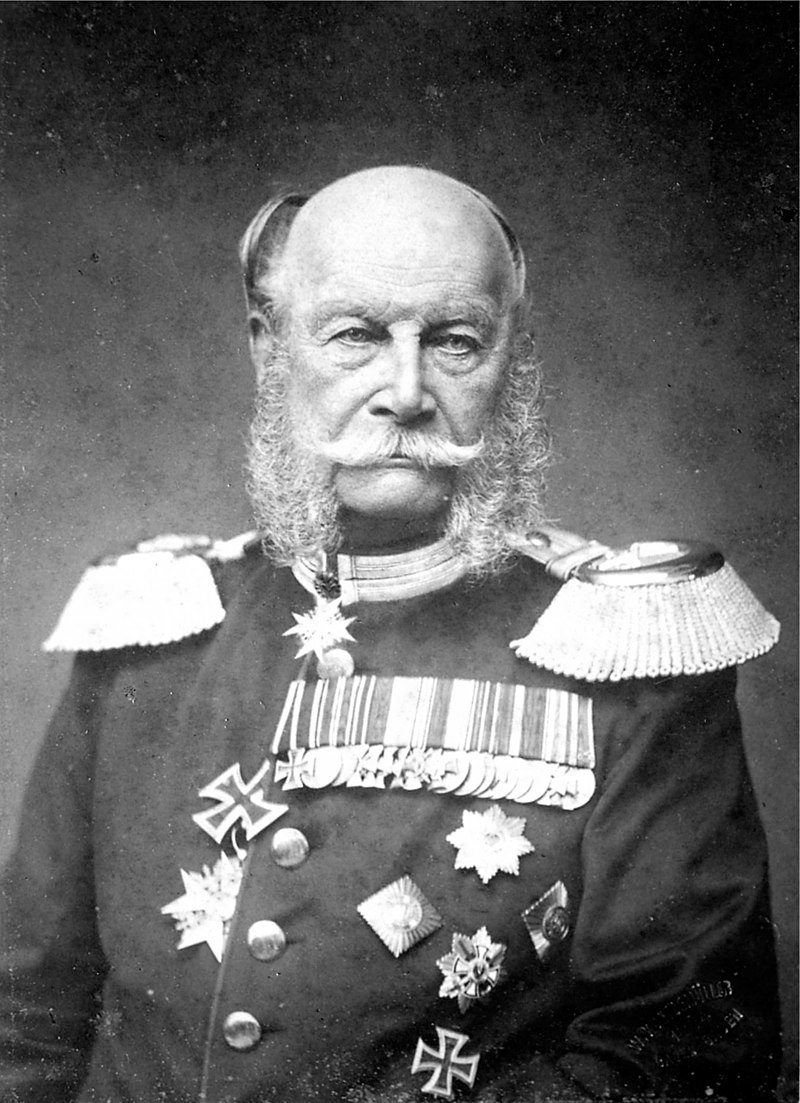by Susan Flantzer
© Unofficial Royalty 2024
The Hawaiian Islands, located in the Pacific Ocean, were originally divided into several independent chiefdoms. The Kingdom of Hawaii was formed in 1795, when the warrior chief Kamehameha the Great of the independent island of Hawaii, conquered the independent islands of Oahu, Maui, Molokai, and Lanai, and unified them under one government and ruled as Kamehameha I, King of the Hawaiian Islands. In 1810, the whole Hawaiian archipelago became unified when Kauai and Niihau voluntarily joined the Kingdom of Hawaii. Two major dynastic families ruled the kingdom: the House of Kamehameha and the House of Kalākaua.
In 1778, British explorer James Cook visited the islands. This led to increased trade and the introduction of new technologies and ideas. In the mid-19th century, American influence in Hawaii dramatically increased when American merchants, missionaries, and settlers arrived on the islands. Protestant missionaries converted most of the native people to Christianity. Merchants set up sugar plantations and the United States Navy established a base at Pearl Harbor. The newcomers brought diseases that were new to the indigenous people including influenza, measles, smallpox, syphilis, tuberculosis, and whooping cough. At the time of James Cook’s arrival in 1778, the indigenous Hawaiian population is estimated to have been between 250,000 and 800,000. By 1890, the indigenous Hawaiian population declined had to less than 40,000.
In 1893, a group of local businessmen and politicians composed of six non-native Hawaiian Kingdom subjects, five American nationals, one British national, and one German national overthrew Queen Liliʻuokalani, her cabinet, and her marshal, and took over the government of the Kingdom of Hawaii. This led to the 1898 annexation of Hawaii as a United States territory. On August 21, 1959, Hawaii became the 50th state of the United States.
In 1993, one hundred years after the Hawaiian monarchy was overthrown, the United States Congress passed and President Bill Clinton signed the Apology Resolution which “acknowledges that the overthrow of the Kingdom of Hawaii occurred with the active participation of agents and citizens of the United States and further acknowledges that the Native Hawaiian people never directly relinquished to the United States their claims to their inherent sovereignty as a people over their national lands, either through the Kingdom of Hawaii or through a plebiscite or referendum”. As a result, the Hawaiian sovereignty movement, a grassroots political and cultural campaign to reestablish an autonomous or independent nation or kingdom in Hawaii, was established along with ongoing efforts to redress the indigenous Hawaiian population.
********************

Emma, Queen Consort of the Hawaiian Islands, circa 1880; Credit – Wikipedia
Born on January 2, 1836, in Honolulu, on the island of Oahu, then in the Kingdom of the Hawaiian Islands, Emma Kalanikaumakaʻamano Kaleleonālani Naʻea Rooke was the only surviving child of the three children of High Chief George Naʻea and High Chiefess Fanny Kekelaokalani Young. Queen Emma is known for having a long-term friendship via letters with Queen Victoria of the United Kingdom. The two Queens met in the United Kingdom in 1865.
Emma’s two full siblings died young but she had an elder half-sister from her mother’s marriage/relationship with Henry Coleman Lewis:
Emma’s father George Naʻea was a high chief of the Kingdom of Hawaii and was descended from the high chiefs of the northern area of the island of Hawaii. He served under King Kamehameha III as a member of his Council of Chiefs. Emma’s mother Fanny Kekelaokalani Young was the daughter of High Chiefess Kaʻoanaʻeha, a niece of King Kamehameha I, and the British-born John Young who was an important military advisor to King Kamehameha I during the formation of the Kingdom of Hawaii. John Young had first come to Hawaii in 1789 on an American trading ship and spent the rest of his life in Hawaii.

Emma with her adoptive parents Dr. Thomas Rooke and Grace Kamaʻikuʻi Young in 1853, Credit – Wikipedia
Emma was adopted under the Hawaiian tradition of hānai by her childless maternal aunt, High Chiefess Grace Kamaʻikuʻi Young, and her husband Dr. Thomas Rooke, a British physician – hence Emma’s surname of Rooke. The Rookes built a splendid home, Rooke House, that faced the Nuʻuanu Valley, on the island of Oahu. Rooke House, one of the largest private homes in Honolulu at the time, had a large library and was used for Dr. Rooke’s medical practice and entertaining guests. It was at Rooke House that Emma grew up with elaborate dinners, parties, teas, and receptions attended by important guests including members of the Hawaiian royal family.
Emma was raised as a Christian and was first educated by Congregationalist missionaries at the Chiefs’ Children’s School, later known as the Royal School, in Honolulu, which is still in existence as a public elementary school, the Royal Elementary School, the oldest school on the island of Oahu. It was at this school that Emma met her future husband King Kamehameha IV, known as Alexander. After the Chiefs’ Children’s School ceased to be a boarding school, Emma was educated at home by an English governess, Sarah Rhodes von Pfister. Dr. Rooke had an extensive library and influenced Emma’s interest in reading and books. At the age of twenty, Emma was quite an accomplished young woman. A skilled equestrian, Emma excelled at singing, dancing, and playing the piano.

Emma’s husband, Kamehameha IV, King of the Hawaiian Islands; Credit – Wikipedia
On December 15, 1854, King Kamehameha III died and his 20-year-old nephew Alexander Liholiho ‘Iolanian, succeeded him as King Kamehameha IV. Alexander was the son of High Chief Mataio Kekūanaōʻa, Royal Governor of Oʻahu, and Princess Elizabeth Kīnaʻu, daughter of King Kamehameha I. He had been adopted by his uncle King Kamehameha III who had no surviving sons. His uncle proclaimed Alexander as heir to the throne and raised him as the crown prince. On June 19, 1856, 20-year-old Emma became Queen of the Hawaiian Islands when she married 22-year-old King Kamehameha IV, known as Alexander. Some at the Hawaiian royal court felt Emma’s British descent made her unfit to be the Hawaiian queen and her lineage was not suitable enough to be Alexander’s wife.

Prince Albert Edward Kauikeaouli Leiopapa a Kamehameha, who wanted to be a fireman, in his fireman outfit on May 1, 1862; Credit – Wikipedia
Emma and Alexander had one son, Prince Albert Edward Kauikeaouli Kaleiopapa a Kamehameha, born on May 20, 1858. He was named in honor of Queen Victoria’s eldest son Albert Edward, Prince of Wales, the future King Edward VII. Alexander had met Queen Victoria’s husband Prince Albert – he did not meet Queen Victoria because she was about to give birth to her son Prince Arthur – on an around-the-world trip from 1849 to 1852. Queen Victoria agreed to become Albert Edward’s godmother by proxy and sent an elaborate silver christening cup.

The Queen’s Hospital in 1860; Credit – Wikipedia
Emma and Alexander were concerned that foreign diseases like measles, leprosy, and influenza were decimating the native Hawaiian population but the legislature refused to pass a healthcare plan. Emma and Alexander then lobbied businessmen, merchants, and wealthy residents to fund their healthcare plans. The fundraising was very successful and in 1859, The Queen’s Hospital in Honolulu was founded. Today it is known as The Queen’s Medical Center and is the largest private hospital in Hawaii.

Alexander and Emma (left) and Bishop Staley (next to them) on a stained glass window at St. Andrew’s Cathedral; Credit – Wikipedia
In 1860, Emma and Alexander petitioned the Church of England (also known as Anglican, the Episcopal Church in the United States is the same denomination) to help establish the Church of Hawaii. Upon the arrival of Anglican Bishop Thomas Nettleship Staley and two Anglican priests in 1862, the Church of Hawaii became the official royal church. After Alexander’s death, Emma continued their work by raising funds for the construction of St. Andrew’s Cathedral in Honolulu.
Sadly, four-year-old Prince Albert Edward died on August 27, 1862, at ʻIolani Palace, Honolulu, Oʻahu in Honolulu, possibly from meningitis but at a later time appendicitis was thought to be a more likely possibility. He was temporarily interred in a tomb in front of the palace below a tamarind tree. The mausoleum constructed near the ʻIolani Palace in Honolulu had become crowded and Alexander ordered that a new, larger mausoleum be built.
Alexander blamed himself for the 1862 death of his son Prince Albert Edward and he withdrew from public life. His continuing grief and worsening asthma contributed to his death on November 30, 1863, in Honolulu, Oahu, Kingdom of Hawaii, at the age of twenty-nine. Alexander’s burial was delayed until the west wing of the Royal Mausoleum, Mauna ʻAla (Fragrant Hills), was completed in January 1864. On February 3, 1864, Alexander’s casket was interred in the completed west wing. Later in the evening, the casket of his son Prince Albert Edward was interred next to his father. Emma was so overcome with grief that she slept in the mausoleum that night.

Queen Emma taken by famous American photographer Matthew Brady on August 1, 1866 while Emma was traveling in the United States. She is wearing the widow’s weeds Queen Victoria mentions in her 1865 journal entry below; Credit – Wikipedia
Queen Emma and Queen Victoria became long-term friends. They exchanged letters and commiserated over the loss of their husbands, the loss of Emma’s son, and the hemophilia of Queen Victoria’s youngest son Prince Leopold who would die from hemophilia complications in 1884, a year before Emma’s death. On her trip to Europe and the United States in 1865 – 1866, Emma met Queen Victoria on September 9, 1865, and again on November 27, 1865, when she spent a night at Windsor Castle. Queen Victoria wrote about their first meeting in her journal:
After luncheon, I received Queen Emma, the widowed Queen of the Sandwich Islands or Hawaii. Met her in the Corridor & nothing could be nicer or more dignified than her manner. She is dark, but not more so than an Indian, with fine feathers [features?] & splendid soft eyes. She was dressed in just the same widow’s weeds as I wear. I took her into the White Drawing room, where I asked her to sit down next to me on the sofa. She was moved when I spoke to her of her great misfortune in losing her only child.

Emma with Anglican church clergy in Oxford, England 1866; Credit – Wikipedia
From 1865 – 1866, Emma traveled to Europe, the United States, and Canada for her health and to raise funds for the growing Anglican Church of Hawaii. She visited London twice, spent the winter in the French Riviera, and visited Paris, Italy, Germany, and Ireland where she departed for the United States. While in Europe, Emma met with Queen Victoria, as already noted, and Napoleon III, Emperor of the French and his wife Empress Eugénie, Grand Duke Friedrich I of Baden and his wife Grand Duchess Luise, along with other royalty, government officials and Anglican clergy.
On August 14, 1866, American President Andrew Johnson and First Lady Eliza McCardle Johnson gave a reception for Emma at the White House. Secretary of State William Seward hosted a state dinner for Emma at his home on August 18, 1866. The following evening, she attended a private dinner at the White House with President Andrew Johnson, his family, and William Seward. While in Washington, Emma also met with American indigenous representatives including the Choctaw Chief Peter Pitchlynn and delegations of Chickasaw and Cherokee.
While in Montreal, Canada, Emma received a telegram informing her that her adoptive mother and maternal aunt Grace Kamaʻikuʻi Young Rooke had died on July 26, 1866. This prompted her to end her trip and return to Hawaii. On her return trip, she traveled from New York to Panama and then to California. In San Francisco, the United States government dispatched the USS Vanderbilt to bring her back to Honolulu, where she arrived on October 22, 1866.
In 1874, after a reign of only one year, Lunalilo, King of the Hawaiian Islands died without naming an heir. Because of this, the Legislature of the Hawaiian Kingdom would choose the next monarch from the eligible royal family members. Emma claimed that King Lunalilo had wanted her to succeed him, but died before a formal proclamation could be made. She decided to run in the election against David Kalākaua who had lost to Lunalilo in a similar election in 1873.
Many Hawaiians supported Emma not only because her husband was a member of the Kamehameha Dynasty, but because Emma was also closer in descent to Hawaii’s first king, Kamehameha I (the Great) than David Kalākaua. While the Hawaiian people supported Emma, it was the legislature that elected the new monarch. They favored Kalākaua, who won the election 39 – 6. News of Emma’s defeat caused a large riot called, the Honolulu Courthouse riot, in which thirteen legislators who voted for Kalākaua were severely injured, with one eventually dying of his injuries. To control the riot, American and British troops stationed on warships in Honolulu Harbor were landed with the permission of the Hawaiian government, and the rioters were arrested. Emma had no part in the riot, but the opinion was that she supported the actions of the rioters. David Kalākaua took his oath on February 13, 1874, and became Kalākaua, King of the Hawaiian Islands, becoming the first of the last two Hawaiian monarchs.
After the election, Emma retired from public life. She would eventually recognize Kalākaua as the rightful king but she never again spoke to his wife Queen Kapiʻolani. In 1883, Emma had the first of several small strokes. On April 25, 1885, Emma died from a series of strokes, aged 49, in Honolulu.

Queen Emma lying in state at the Kawaiahaʻo Church; Credit – Wikipedia
Emma lay in state at her home but one of her friends who had settled in Hawaii, Alexander Cartwright, a founding member of the New York Knickerbockers Base Ball Club in the 1840s and a future member of the Baseball Hall of Fame, moved Emma’s casket to Kawaiahaʻo Church because he thought her house was not large enough for her funeral. Kawaiahaʻo Church was a Congregational church and Emma was a member of the Anglican Church of Hawaii. The members of the Kawaiahaʻo Church were none too happy that Emma’s coffin lay in state at their church. However, Alfred Willis, the Anglican Bishop of Honolulu conducted Emma’s funeral service at the Congregational church using the Anglican liturgy. Emma was interred in the Royal Mausoleum, Mauna ʻAla (Fragrant Hills), next to her husband Alexander (King Kamehameha IV) and her son Prince Albert Edward.

In the background, the Royal Mausoleum, Mauna ʻAla, now a chapel; Credit – Wikipedia
On November 9, 1887, after the Royal Mausoleum became too crowded, the caskets of the members of the House of Kamehameha were moved to the newly built Kamehameha Tomb, an underground vault, under the Kamehameha Dynasty Tomb. Two additional underground vaults were built over the years. In 1922, the Royal Mausoleum, Mauna ʻAla was converted to a chapel after the last royal remains were moved to tombs constructed on the grounds.

Kamehameha Dynasty Tomb – Royal Mausoleum, Honolulu, Hawai; Credit – By Daderot. – Self-photographed, CC BY-SA 3.0, https://commons.wikimedia.org/w/index.php?curid=1101293
Works Cited
- Flantzer, Susan. (2024). Kamehameha IV, King of the Hawaiian Islands. Unofficial Royalty. https://www.unofficialroyalty.com/kamehameha-iv-king-of-the-hawaiian-islands/
- The New York Times/Obituary – Queen Emma. Wikisource, The Free Online Library. (n.d.). https://en.wikisource.org/wiki/The_New_York_Times/Obituary_-_Queen_Emma
- Wikimedia Foundation. (2023). Albert Kamehameha. Wikipedia. https://en.wikipedia.org/wiki/Albert_Kamehameha
- Wikimedia Foundation. (2023). Fanny Kekelaokalani. Wikipedia. https://en.wikipedia.org/wiki/Fanny_Kekelaokalani
- Wikimedia Foundation. (2024). George Naea. Wikipedia. https://en.wikipedia.org/wiki/George_Naea
- Wikimedia Foundation. (2024). Kamehameha IV. Wikipedia. https://en.wikipedia.org/wiki/Kamehameha_IV
- Wikimedia Foundation. (2023). Queen Emma of Hawaii. Wikipedia. https://en.wikipedia.org/wiki/Queen_Emma_of_Hawaii
- Wikimedia Foundation. (2023). Royal Mausoleum (Mauna ʻAla). Wikipedia. https://en.wikipedia.org/wiki/Royal_Mausoleum_(Mauna_%CA%BBAla)
- Wikimedia Foundation. (2023). Hawaiian Kingdom. Wikipedia. https://en.wikipedia.org/wiki/Hawaiian_Kingdom



















